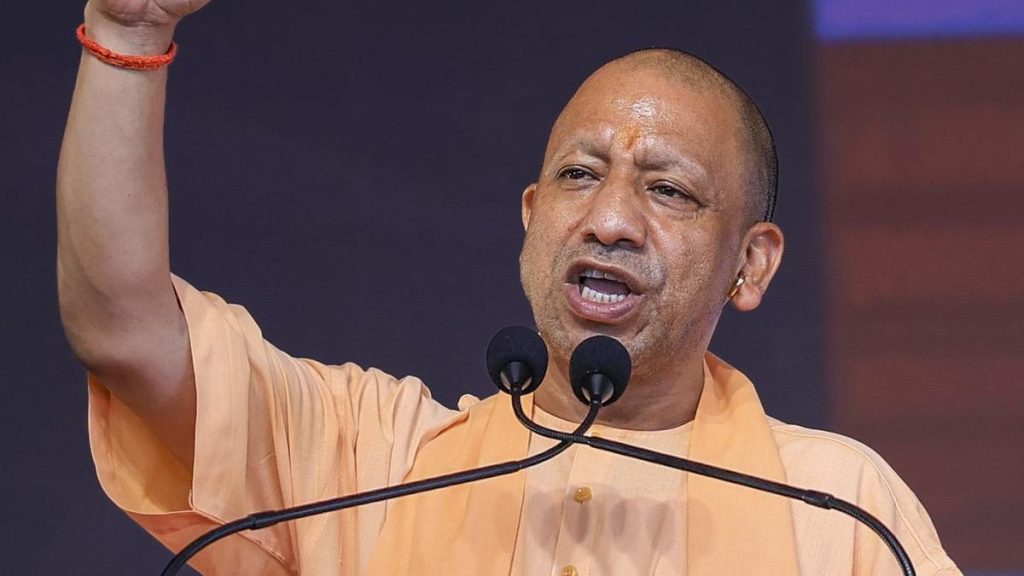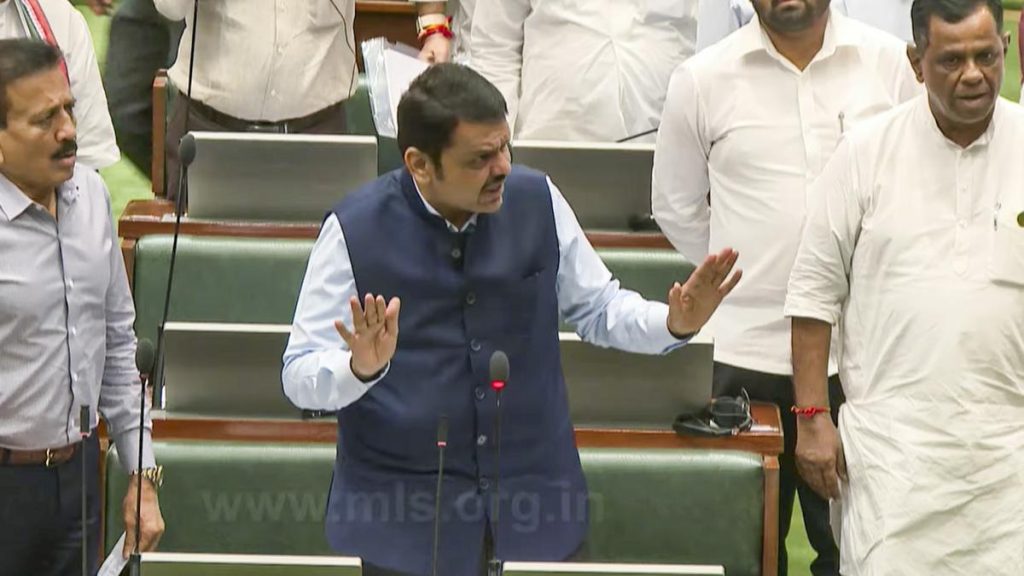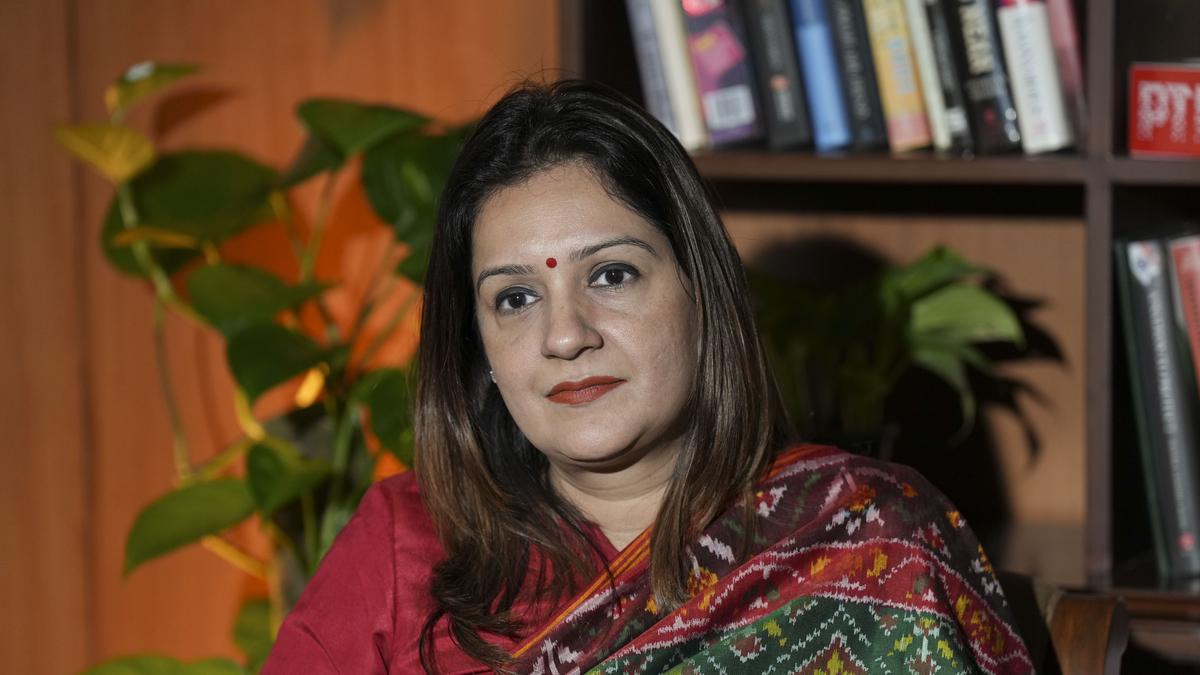Now Reading: Yadgir Farmers Pin Hopes on Rain for Better Monsoon Crop Yields
-
01
Yadgir Farmers Pin Hopes on Rain for Better Monsoon Crop Yields
Yadgir Farmers Pin Hopes on Rain for Better Monsoon Crop Yields
Swift Summary
- Farmers in the Yadgir district of Karnataka started sowing crops like green gram and cotton early due to pre-monsoon showers.
- As of now, these crops are two to four weeks old and have grown as expected; however, timely rains are critical for achieving good yields.
- The Agriculture Department reported that farmers sowed crops over 2,63,931 hectares (63% of the target area set at 4,16,474 hectares for the current kharif season).
- Farmers conducted weeding after one week of sowing to promote healthy crop growth.
- Farmers expressed concerns over insufficient rainfall and potential risks like crop withering or reduced yields if dry spells persist.
- Late-sowed crops face less difficulty as existing soil moisture can sustain their growth temporarily.
- Rainfall data for different regions in Yadgir shows scattered rain patterns with deficits recorded in certain areas compared to normal precipitation levels.For example:
– Shahapur: Received 3.9 mm of rainfall (normal: 1.5 mm).
– Kembhavi: Received 9.4 mm (normal: 0.9 mm).- Yadgir city: Recorded only 0.9 mm against a normal rainfall level of 3.9 mm.
Indian Opinion Analysis
The situation highlights the delicate dependency of agricultural cycles on monsoonal patterns in India-a recurring challenge that impacts rural economies and food security across many states. While pre-monsoon showers offered an initial boost enabling early sowing by farmers in Yadgir district, inconsistent rainfall during peak monsoon periods could jeopardize yields substantially.
The uneven distribution seen from hobli-wise rainfall data underscores meteorological vulnerabilities common under changing climate conditions-a factor requiring close observation by local authorities for mitigation planning such as improved irrigation systems or drought-resistant seed varieties.
From a policy viewpoint, assisting farmers through advisory services on minimizing risks associated with unpredictable weather may help address these challenges sustainably while promoting optimal resource utilization during kharif seasons.
Read more: Source

























